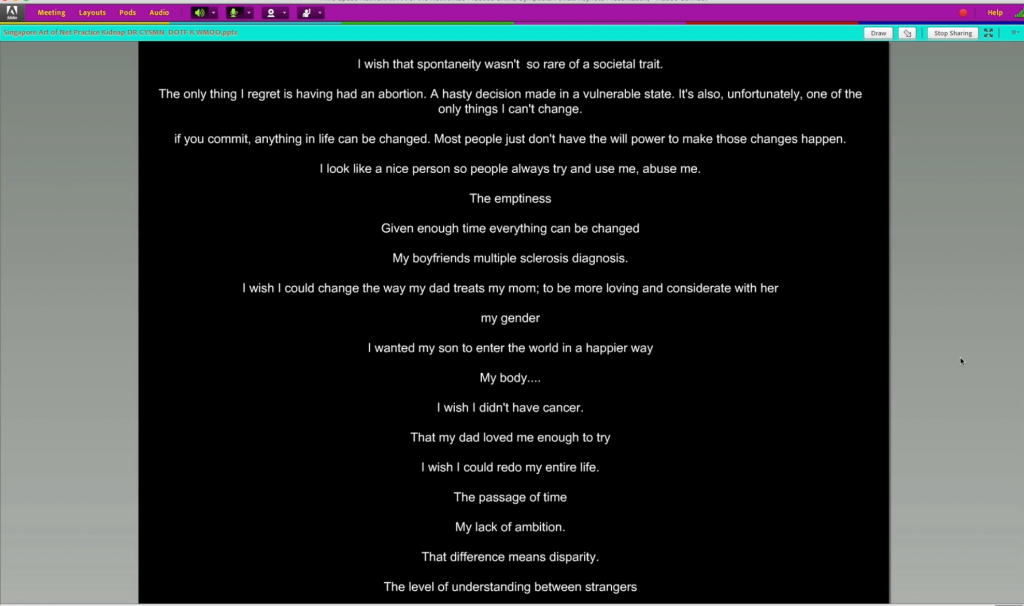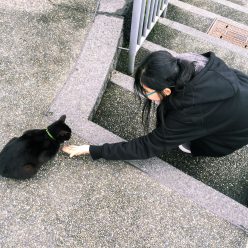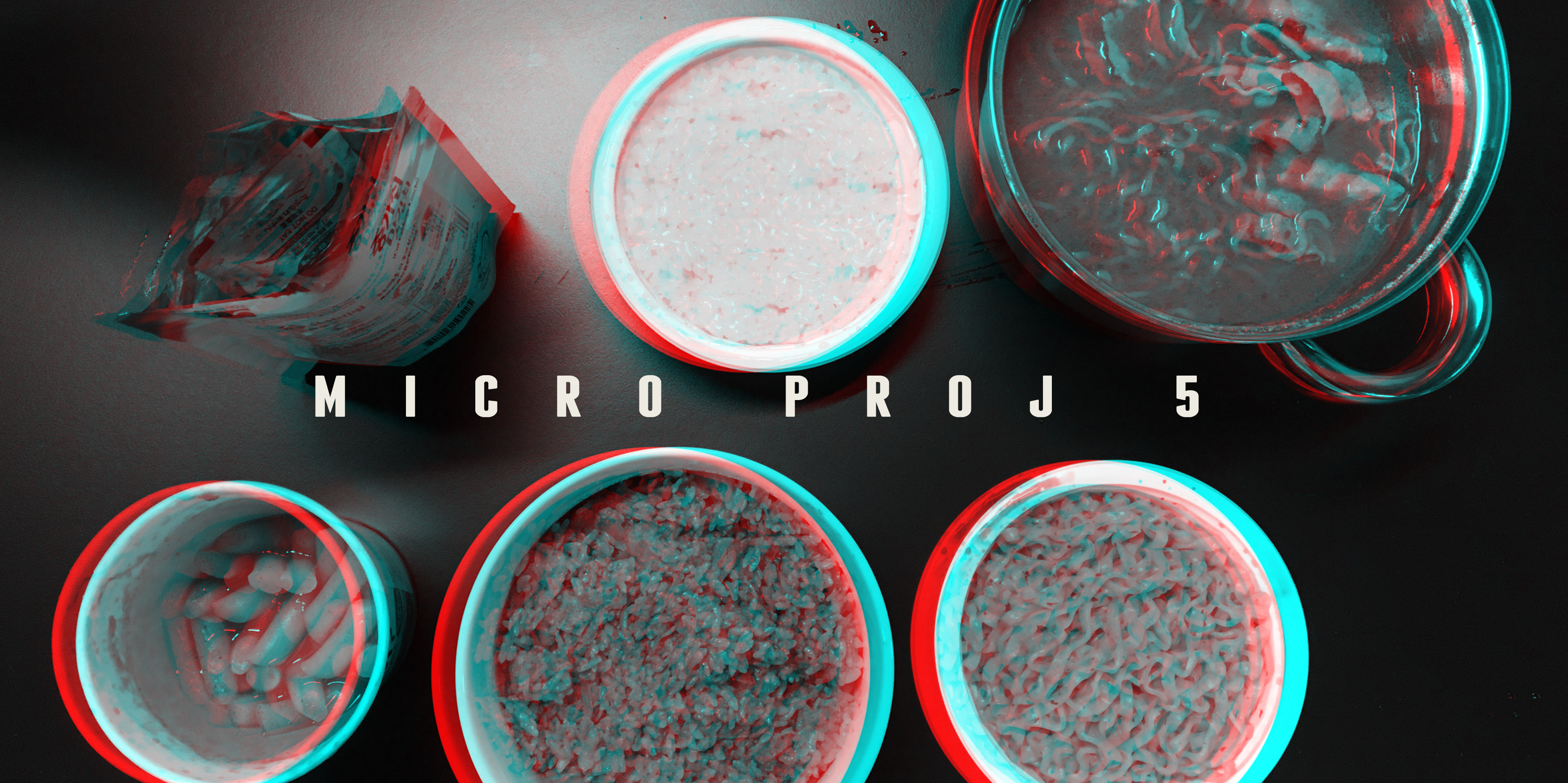In this symposium essay, I would like to discuss about how the third space is able to blur the lines between reality and the digital space. I will be focusing and drawing examples from the keynotes from day 2 and 3.
I was very fascinated by the ideas and concepts that were brought up by Matt Adams. As what he had mentioned, projects by Blast Theory explores the fictional bend of myth-making, story making and how political reality interconnects and collides. His attempts to question relationships and the intimacy between strangers in the third space, in particular, was something that hit and had me thinking.
“My One Demand”
This project is a reflection on the things you wish but cannot get. There is a connection between the audience and Maggie. It is different from watching a film in the cinema, there are questions proposed, and answers and participants are acknowledged after a set time. It felt like a conversation, with the screen showing the city’s scenery as Maggie talked. There is the intimacy created through the storytelling. The fact is, there really isn’t. But it feels as if there is a connection and the cinema became a space, for the audience to become vulnerable with the work. And when the final question came, asking the audience about something they wish they could change, but couldn’t. That was a very personal question. It was a moment for them to acknowledge these moments of vulnerabilities by giving them a chance to write it out. There is something about being able to see what others had answered and seeing their own answers on the screen. That moment of tenderness between the strangers in the room created a sense of connection between them, that they are not alone.

“Annie Abrahams collab”
The collaboration between Annie Abrahams and collaborators using their hands is something possible only in the third space.




